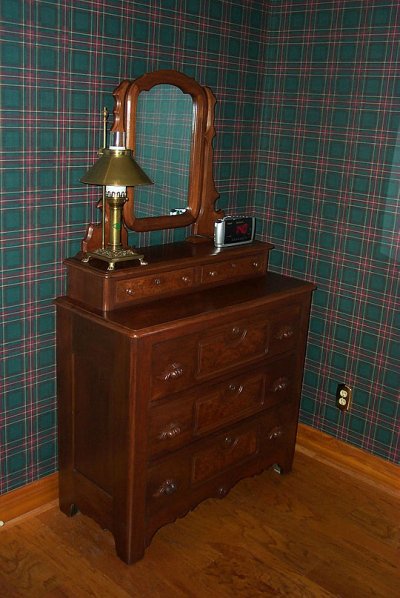UncleHoney
Full time employment: Posting here.
I blame Antiques Roadshow because I lament the fact that my ancestors apparently didn't keep a lot of cool stuff in good condition passed down to many generations...
Even some of the good old stuff isn't that great. I recently refinished an old dresser that has been in the family for about 140 years. Much to my surprise only the front and top were solid walnut, the sides were stained poplar. Even years ago there were efforts to economize and make stuff affordable for the common man.
Since I'm only the fourth owner of the dresser the story of it's history is still intact as far as I know. Supposedly the piece came across the Alleghenies in the back of a wagon and even survived the famous 1913 flood that inundated Columbus.




